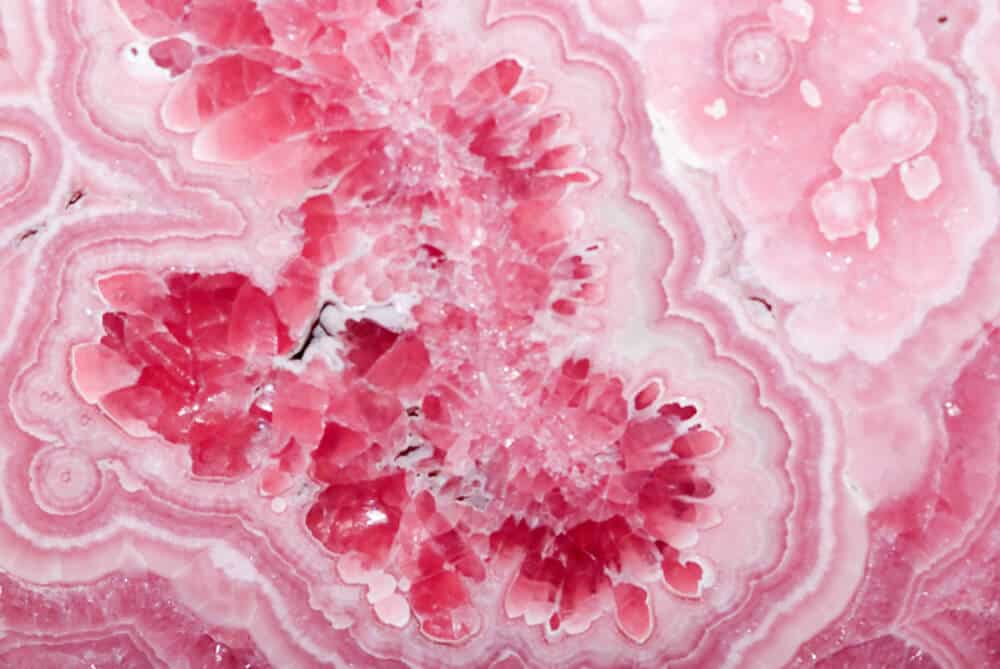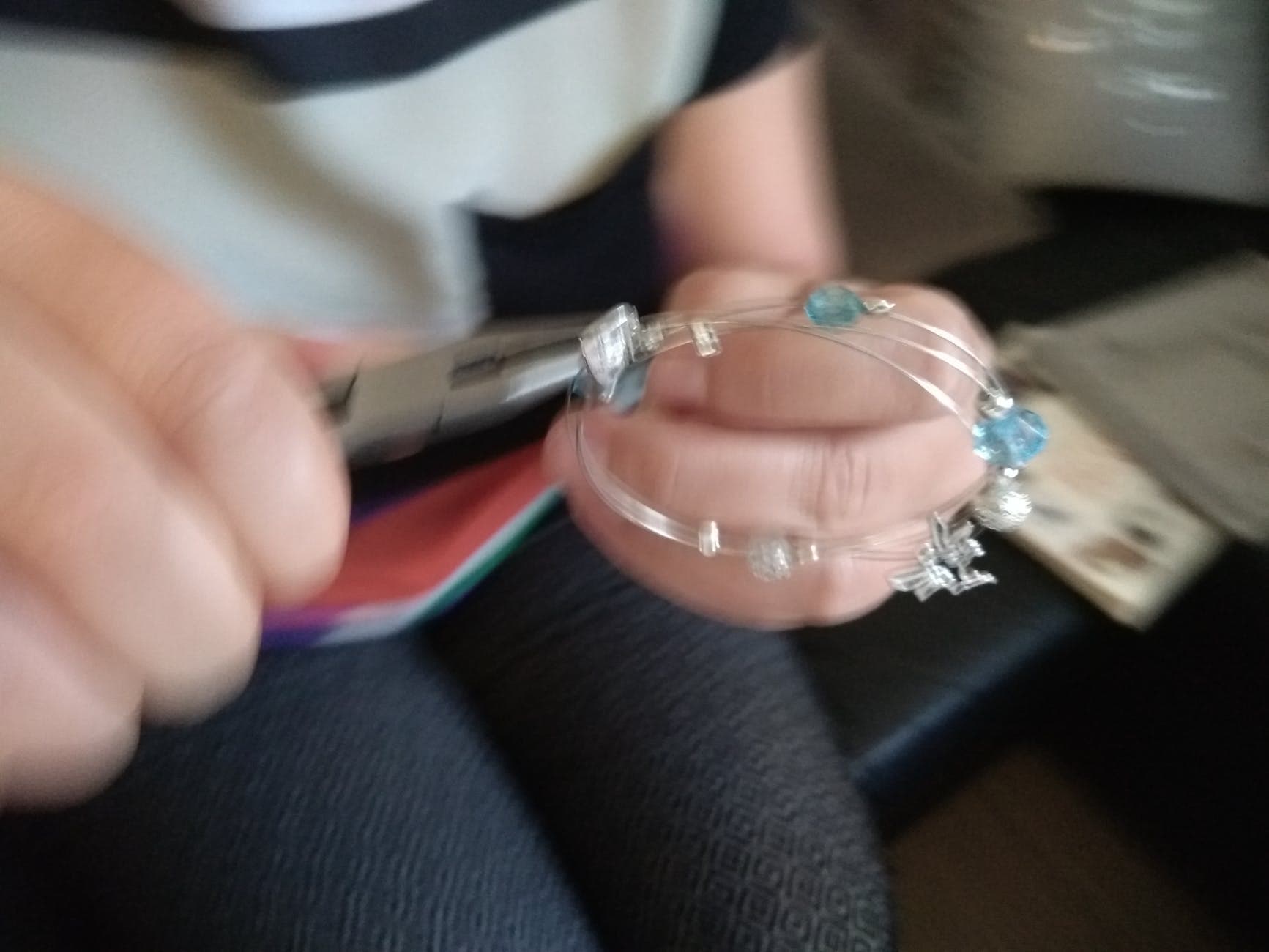
Table of Contents
As Jewelry Shopping Guide editors, we write about things that we love and we think you’ll like too. We often have affiliate partnerships, and may generate some revenue from these links at no cost to you.
If you want to try your hand at jewelry-making or you’re toying with the idea of opening up your own Etsy handmade jewelry store, there are certain basic items that you’ll need to get. If your interest only extends to trying something like this once you might want to only rent these tools or visit a jewelry-crafting atelier. However, if you’re serious about it, here’s what you’ll need to get before you start making your own jewelry.
Having these tools will ensure that you can start making your own jewelry right away!
Jewelry Wire
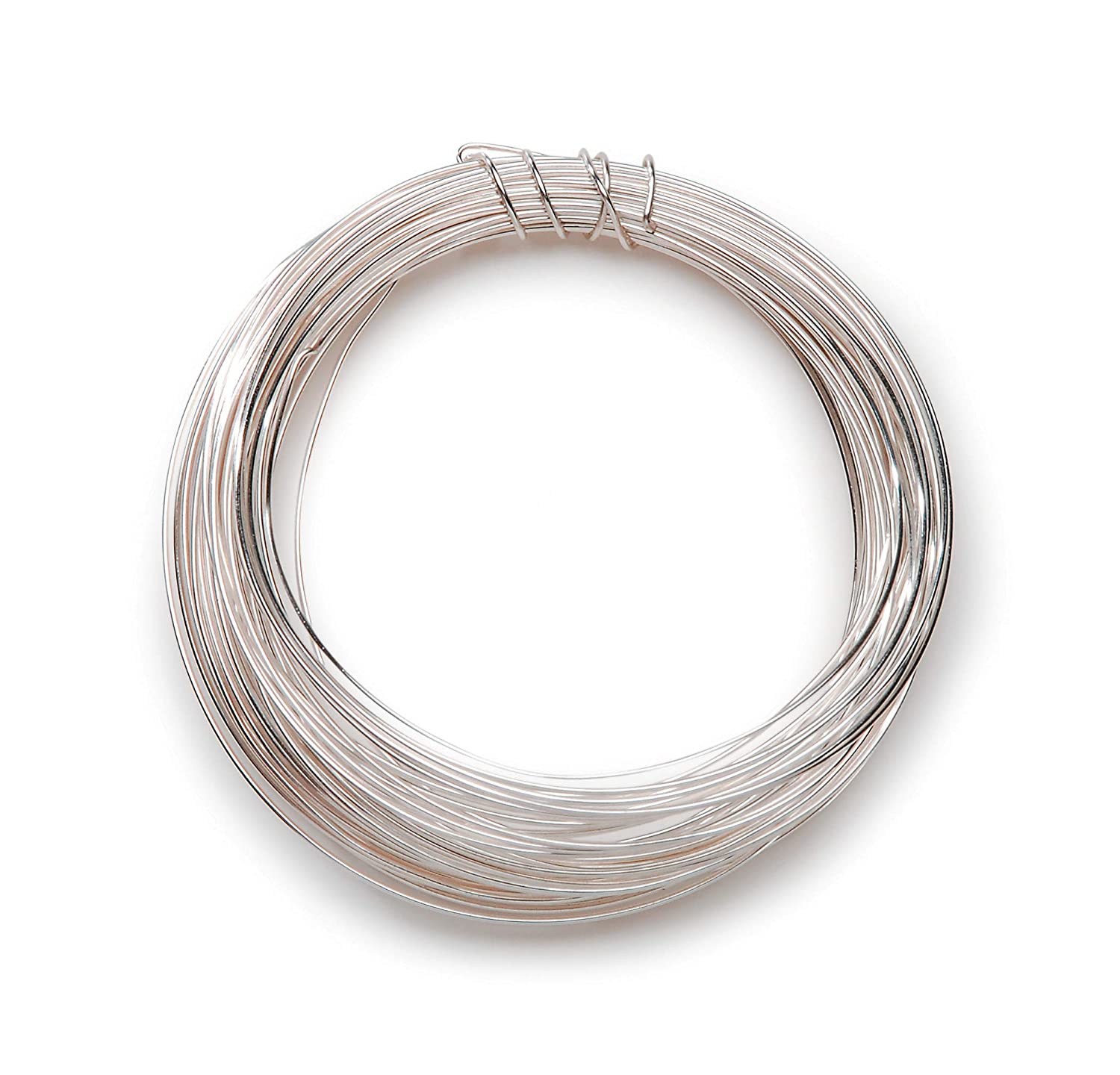
Wires come in various types, materials, and thicknesses. They are also the cornerstone of artisan jewelry so you’ll need to either have the exact type of wire for the project you have in mind or, better yet – a collection of the most common jewelry wires.
The most common materials for jewelry wires include copper, aluminum, rose and yellow gold, sterling silver, as well as gold-filled wires among others.
The size of the wire is also vital – wire sizes are measured in gauges and, to the dismay of a lot of novices, the larger the gauge number of a wire used, the thinner the wire is going to be.
- 28- and 30-gauge wires are very thin and are intended for small precious stone beads with tiny holes.
- 26-gauge wires are thin yet strong, providing the perfect balance
- 24-gauge wires are meant specially for jewelry pieces that require strength and stability and for beads with larger holes.
Wire Cutters
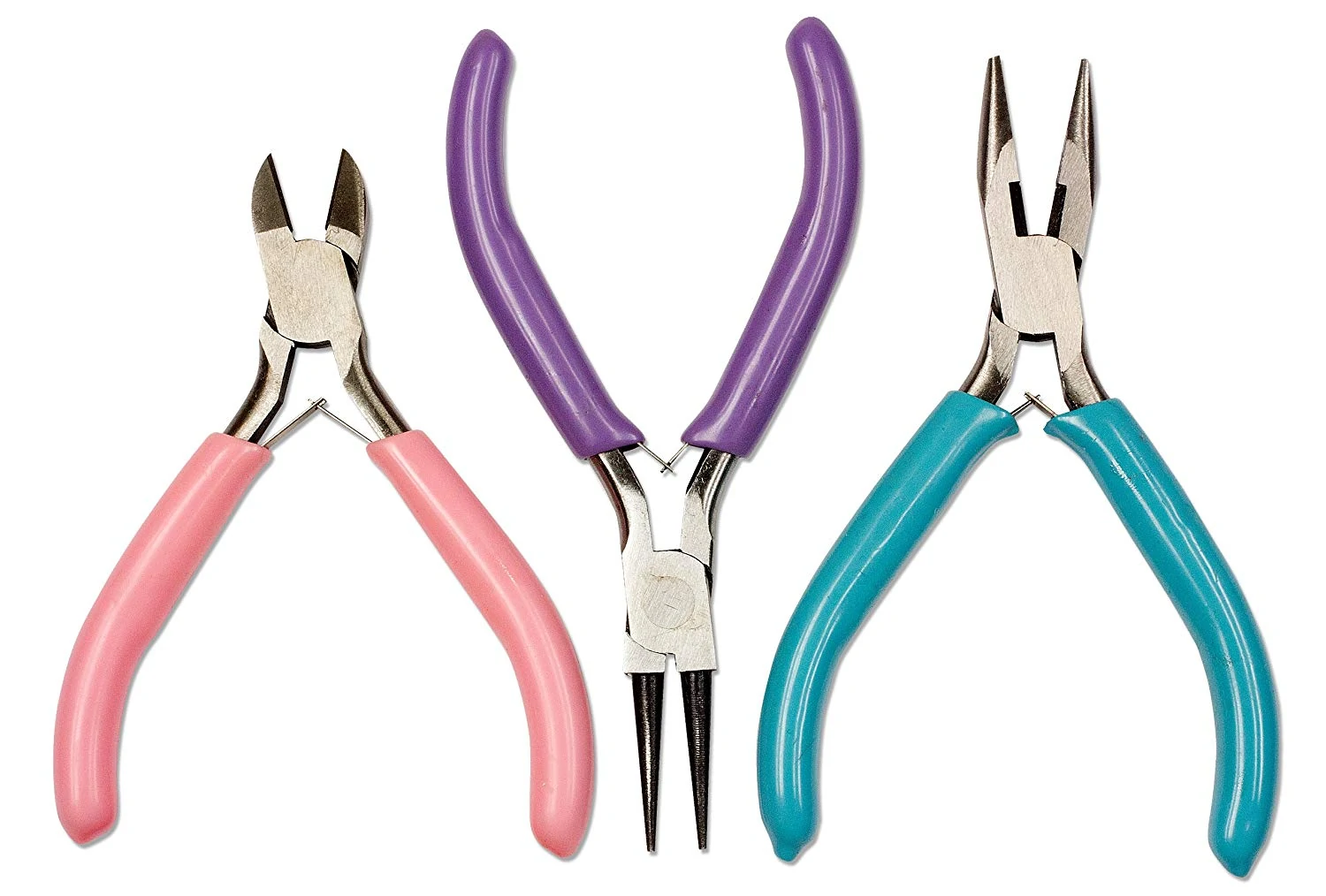
A wire is useless if you don’t have the tools to cut it. Also, you’ll want to make sure that your wire cutters are of a good enough quality – lots of wire cutters sold online or in stores are quite flimsy and break quickly, especially when used for thicker wires. If you’re thinking of turning jewelry crafting into a full-fledged hobby or maybe even more than that, do yourself a favor and purchase a set of quality wire cutters.
Pro-tip: For really thin wires, you can also use nail clippers.
Flush Cutter
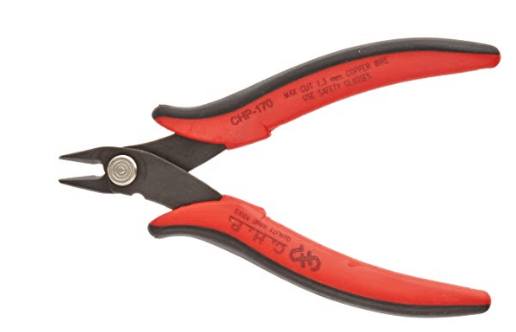
An alternative to wire cutters (and nail clippers) when it comes to thinner wires is flush cutters. You can use them the same way you would standard wire cutters and they help prevent loose ends from hanging around too. Just make sure you don’t use them for thicker wires as you’ll ruin them very quickly. These are simply smaller micro cutters that are ideal for more delicate work.
Flat Nose Pliers
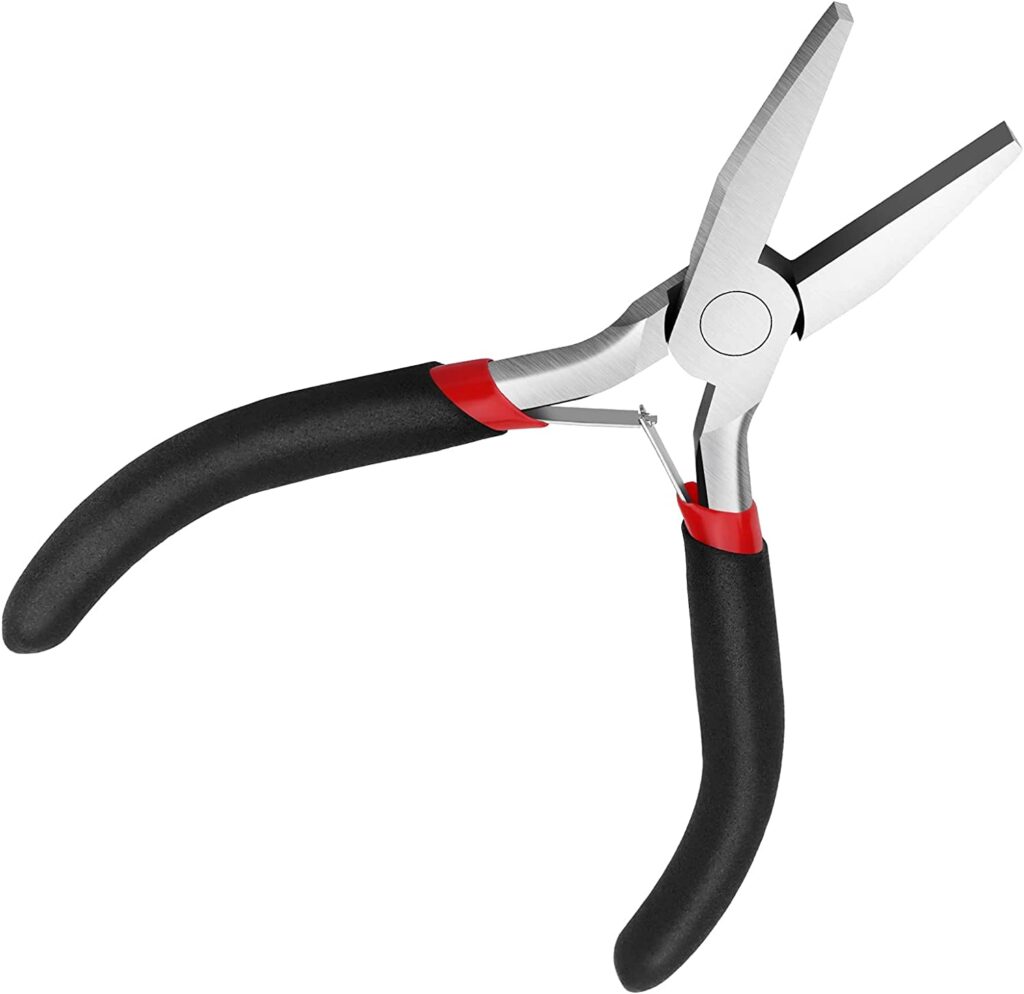
This tool will likely be the one you use the most. Flat nose pliers are excellent for opening jump rings, wrapping wire ends, and many other tasks including just holding wires and jewelry pieces. You might want to get two sets of flat nose pliers too so you can use them both to hold bigger and more complex pieces. Also, make sure to get plier pairs that have a smooth surface between the jaws.
Nylon Tipped Pliers
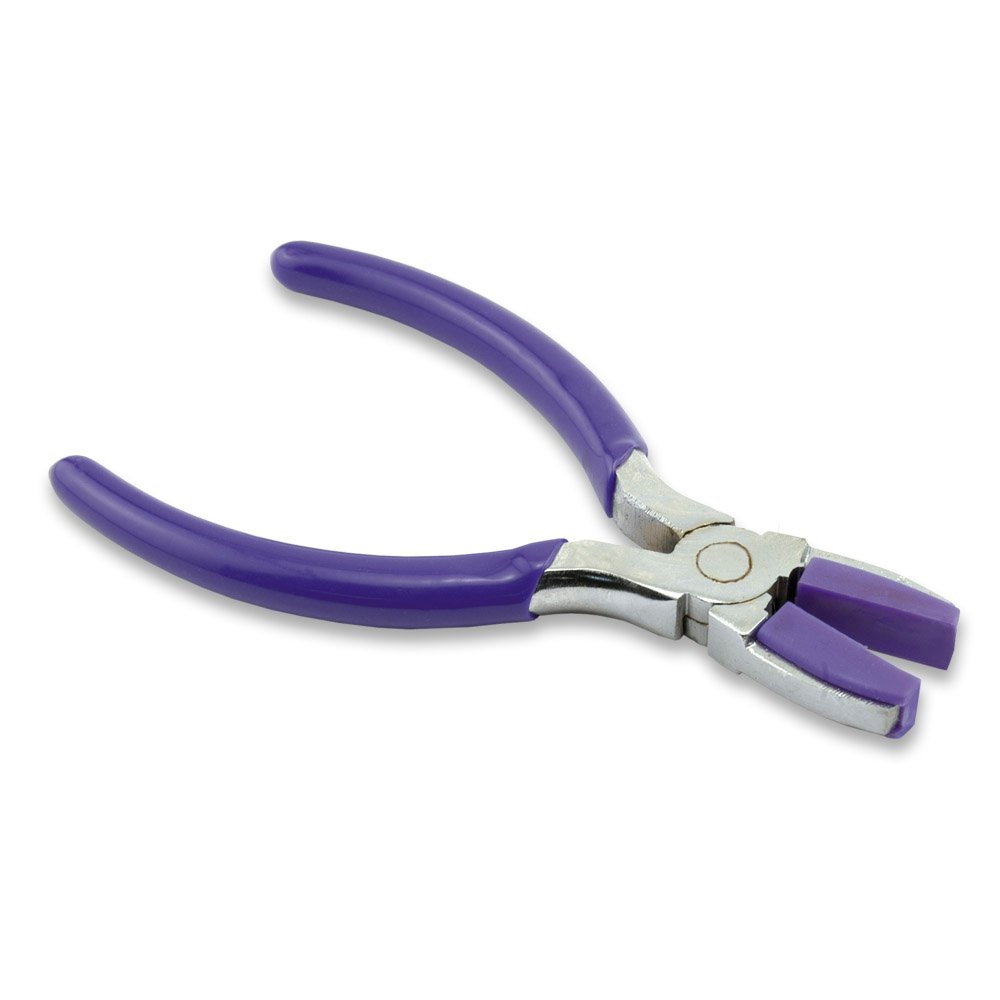
Nylon-tipped pliers are especially good for novice jewelers but experienced artisans love them as well. The big benefit of using nylon-tipped pliers is that they help minimize the damage you can accidentally do to the wires, metals, and other materials you’re working with. You won’t dent your wires or cut them off by accident. They are especially useful for safely bending or straightening wires without scratching them.
Round Nose Pliers
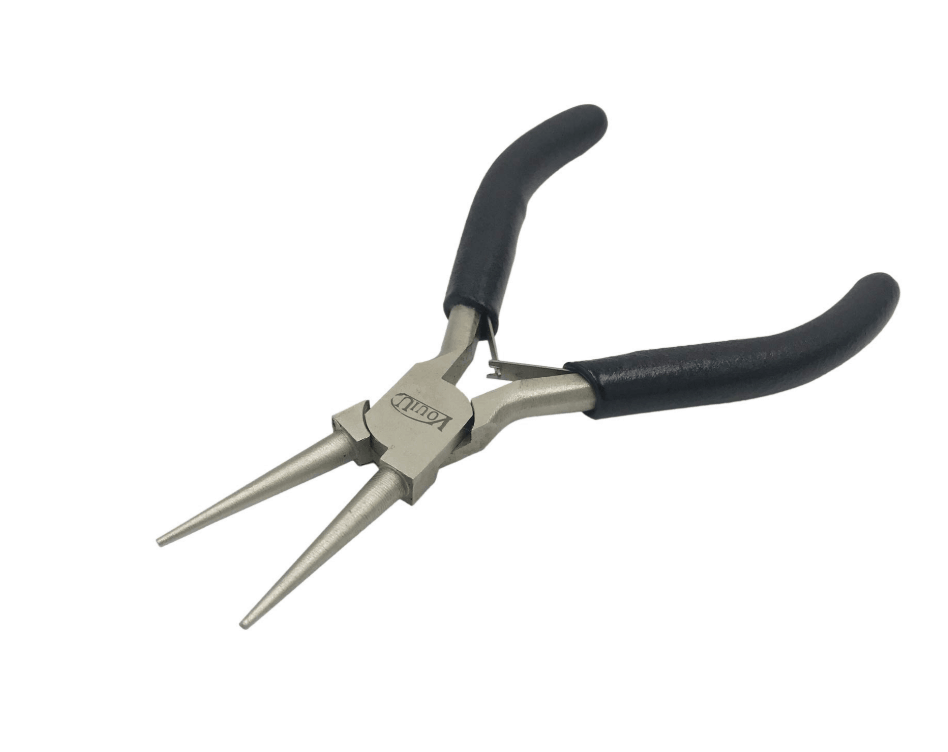
Another good pliers option for a variety of functions, is round nose pliers are very good for shaping wires into perfect loops, hoops, clasps, and jump rings. Every time you want to craft a smooth curve you’ll want a nice set of round nose pliers as standard flat nose pliers can’t achieve the same result.
A Jeweler’s Saw
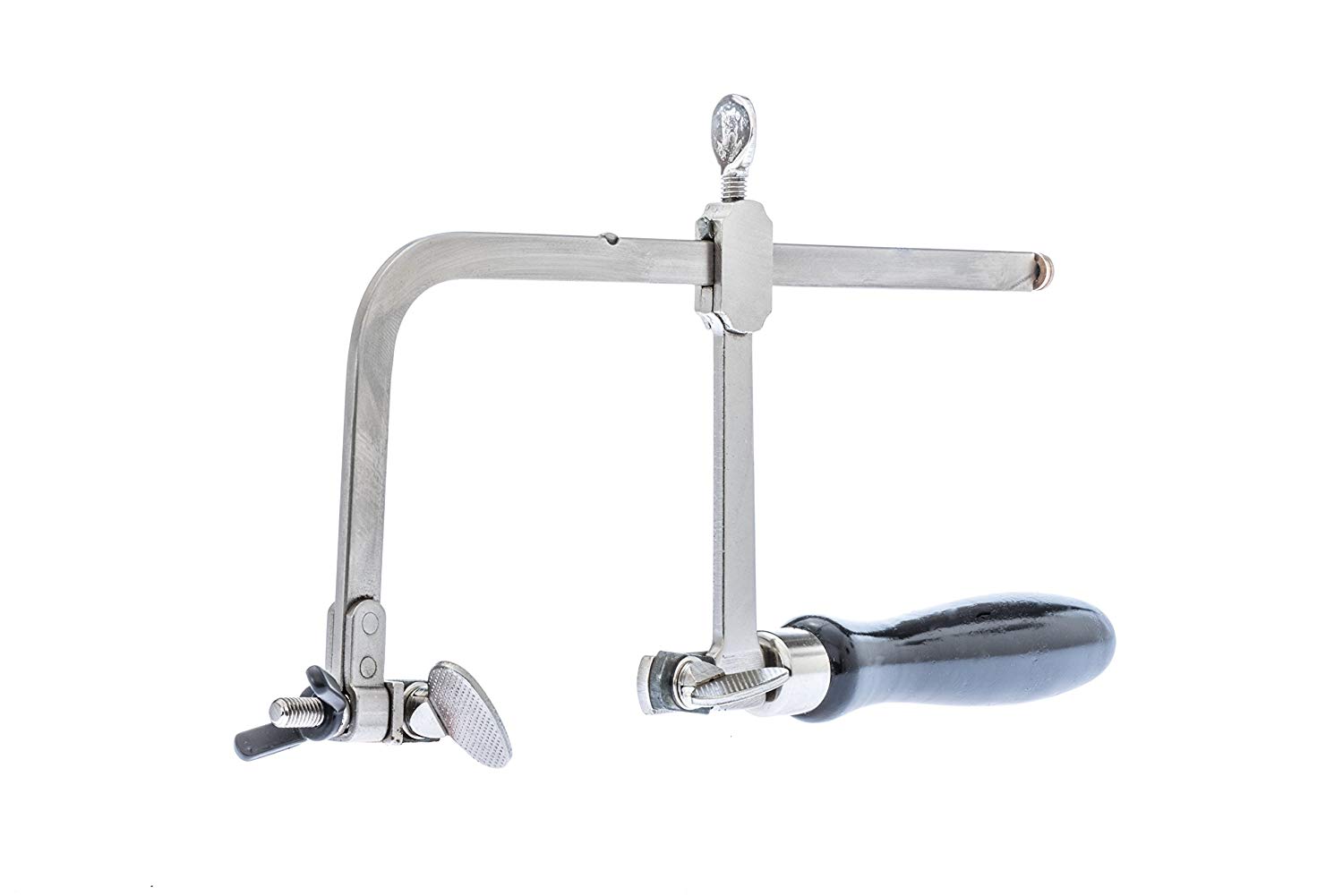
This tool is priceless for smaller designs with lots of intricate cuts. This will help you create the finest details with ease and craft truly spectacular jewelry pieces. A good jeweler’s saw comes with blades in many different sizes – from incredibly small blades that can barely part the metal to bigger and stronger blades that can remove large chunks of metal at once.
There are also blade frames with deeper throat depths – those are excellent for longer cuts on long pieces of metal or larger jewelry pieces. Smaller blade frames are much easier to control, on the other hand, and are better for achieving finer details.
If you only want to try and craft a particular jewelry piece but don’t have plans for a long-term hobby or career, you can just get a jeweler’s saw with a blade size that suits your current needs. However, if you have bigger plans for your jewelry-crafting practice, it pays to get a saw with multiple different blade sizes.
Pro-tip: Use a lubricant when you’re working with the saw to avoid accidents and reduce the risk of breaking the blade.
Disk Punch/Cutter
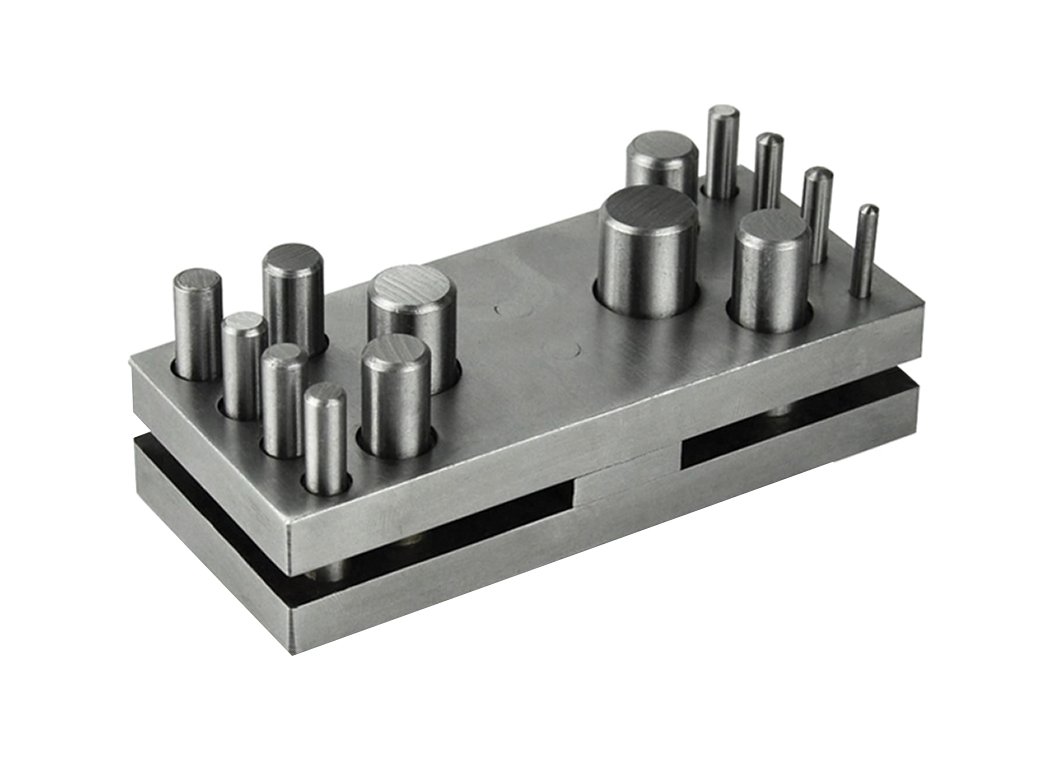
If you want to be able to produce identical shapes such as squares, hearts, circles, or others, you’ll need a disk punch. This tool allows you to sandwich sheets of metal between the two layers of the punch, insert the proper shape template you want, and hammer out a disk in that exact shape. This makes the disk punch very useful if you want to sell the jewelry pieces you craft as it allows you to produce multiple copies of the same piece.
A Brass Hammer
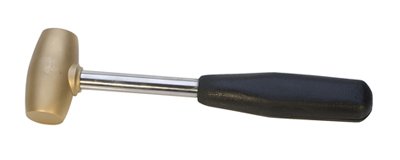
Speaking of hammering disks into certain shapes, when it comes to your jewelry hammer we’d recommend a brass one. Brass hammers are heavy enough to offer extra power but are also soft enough to minimize the bounce-back effect of most hammers. This is a great quality-of-life purchase that also minimizes the risk of accidents.
A Ruler
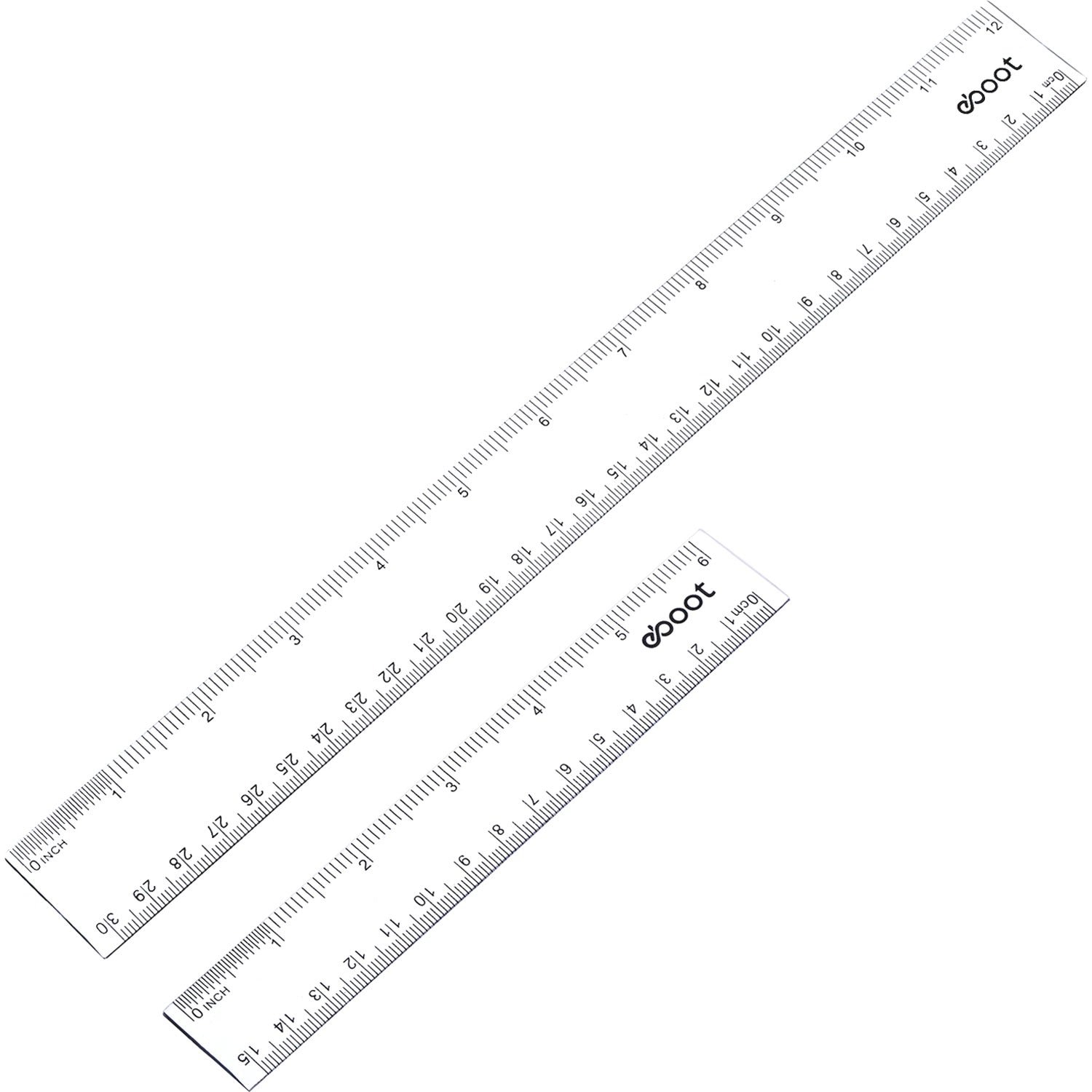
This is one basic item that you probably already have but it is necessary so we had to mention it anyway. Rulers are essential for jewelry making and they also work best if they are see-through. A good graphing ruler will serve you great so if you don’t have one you’ll need to get that as well.
Lots Of Practice Material
Finally, this is something that sounds unnecessary and may seem like it’s only useful for novices but having enough cheap practice materials on your hands is always useful. It allows you to test out your jewelry concepts on affordable practice materials without wasting any of that precious gold or silver. Copper wires and other base metal wires are always useful for something like this.
Wrapping Up
This is by no means an exhaustive list, but it’s an excellent list of tools to get your project underway and set you on the path to becoming an excellent artisan jewelry maker. As you go further into your craft, you can keep adding other tools that will be necessary for continuous development.





